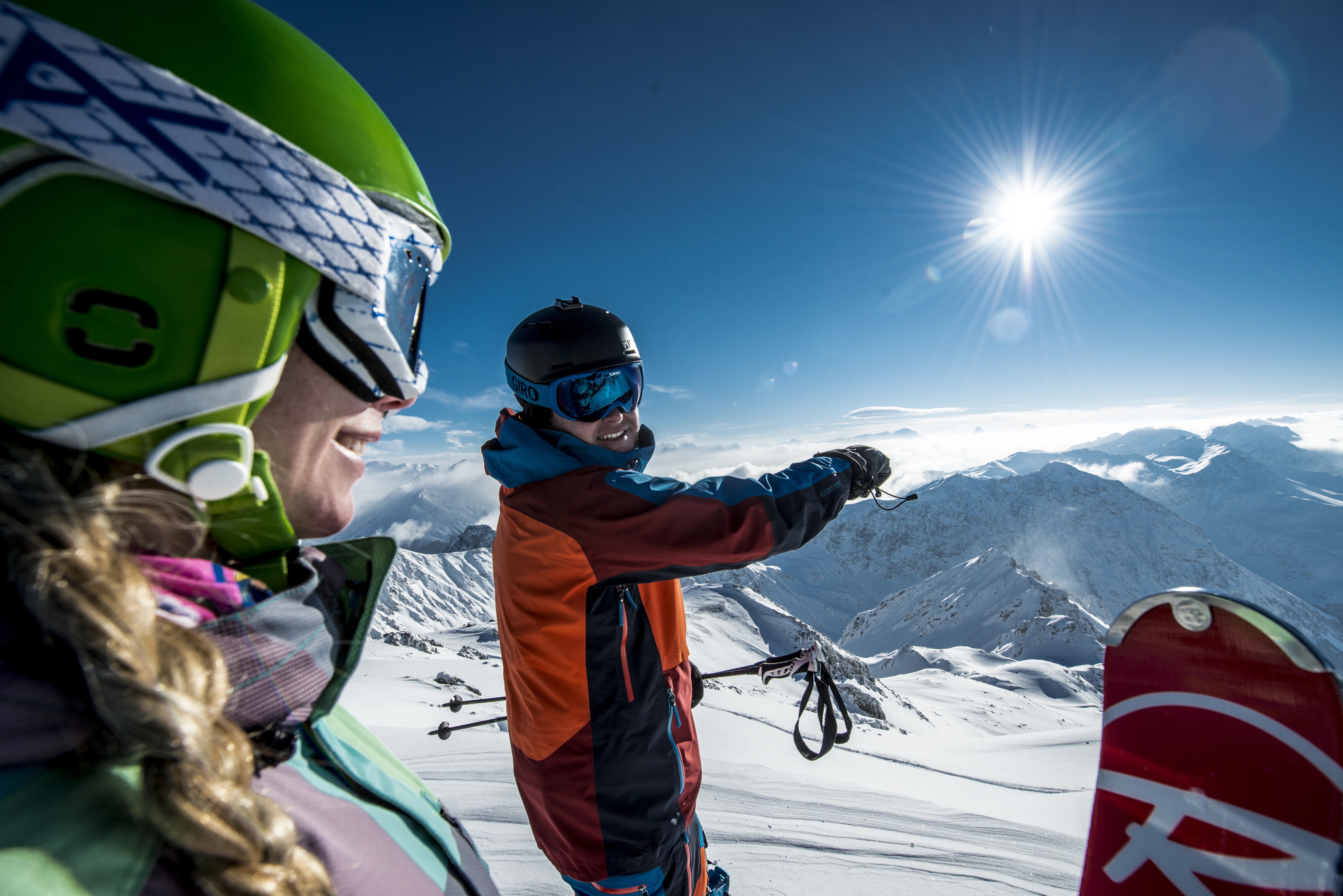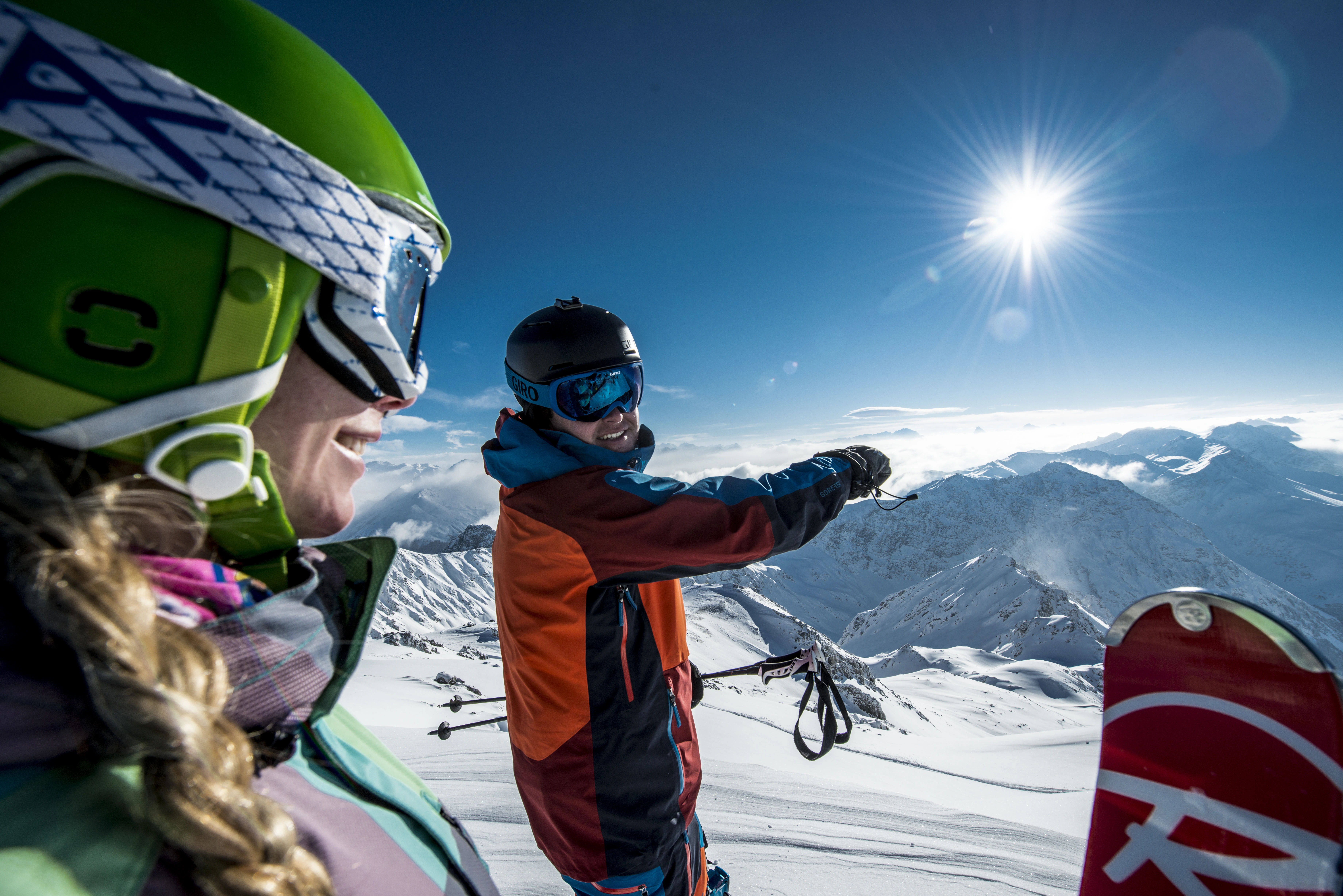

Karina Weiser Lobao 26 Dec, 2024
Davos. The very name spells Swiss luxury, and I was fortunate enough to visit this stupendous Alpine resort town a year back, courtesy a FAM trip organised by Swiss Air that took us to destinations like Geneva, Basel, Zurich, and of course, Davos.
Having heard of Davos as a setting for prestigious international conferences, I was wondering (onboard the Swiss Air flight from Mumbai) what appeal this small Swiss municipality held for global business honchos, and the movers and shakers of the world, that compelled them to head here year after year.
After landing in Zurich, we drove all the way by road to Davos, passing through the magnificent Alpine panorama that is the Swiss countryside. This journey, two-and-a-half hours long, is forever etched in my memory for it was probably the most scenic I have ever undertaken.
Swiss Air had made elaborate arrangements for our stay at Davos’s outstanding Arosa Kulm Hotel, from whose doorway you can savour the undulating ski slopes and snowy hiking trails. And at 1,835m, the hotel’s outstanding location offers stunning and unobstructed views of the Grisons Alps.
Davos has indeed come of age, its impressive resorts and retreats, and plethora of winter-sport activities, catapulting it to the frontline of Alpine vacation getaways. But what is the secret behind the rise of this Swiss beauty?
Well, we were informed by the hotel’s resident manager that twelve classic summer and winter resorts situated in Europe’s Alpine region have joined hands for better brand marketing. So, the ‘Best of the Alps’ (BOTA) list includes Chamonix-Mont-Blanc, Cortina d’Ampezzo, Davos, Garmisch- Partenkirchen, Grindelwald, Kitzbühel, Lech Zürs am Arlberg, Megève, St. Anton am Arlberg, St. Moritz, Seefeld, and Zermatt. No wonder the ‘Best of the Alps’ are considered to be the epitome of rich Alpine tradition and superb hospitality, offering discerning international travellers a range of accommodation options, from the homely hostel to the super-luxury hotel.
But Davos is not all nature. This bewitching Swiss town also provides a colourful cultural palette, which contrasts quietly (and deliberately) to the more recognisable scenic attractions. We were lucky to appreciate the Davos Festival’s ‘Young Artists in Concert’, which draws talented young musicians from across the globe. For the culturally inclined, a rewarding experience awaits at the historic Kirchner Museum, which has carefully preserved the great collection of the renowned Swiss expressionist, Ernst Ludwig Kirchner.
Come to be cured
Davos first came into prominence as an international health resort back in the middle of the 19th century. Its renown is intimately linked with the name of Alexander Spengler, a Swiss physician of German origin. Sentenced to death by the Germans for taking part in the March Revolution of 1848, Spengler sought asylum in Davos. As a qualified doctor, he quickly recognised the beneficial effects of a high-altitude climate, and in 1868, Spengler and Dutchman Willem Jan Holsboer together set up the Kuranstalt Spengler-Holsboer health clinic.
Later on, Holsboer also established the Rhaetian Railway, thanks to which pioneering initiative the Landschaft Davos set up its first railway link with the lowlands, in 1890. Thereafter, the development of Davos as a much in-demand health resort was swift. Hotels, sanatoria and villas sprang up from nowhere, almost overnight. If records are anything to go by, at the beginning of the 20th century, an annual 700,000 overnight bookings were registered! With the passage of time, visitors to Davos’s many sanatoria also introduced summer as well as winter sports to the town. Renowned British author Sir Arthur Conan Doyle (of Sherlock Holmes fame) contributed a great deal in this regard.
Over time, newer scientific methods in the treatment of tuberculosis led to a gradual decline in the number of patients arriving in Davos. And with less long-term guests making their way to the sanatoria, these elegant buildings were converted into hotels. Gradually, Davos emerged as a medical research centre, and today there are a fair few such facilities in the town. But it was in 1969, with the construction of the magnificent Congress Centre, that Davos truly established itself as a venue for global seminars and summits.
Secrets of the slopes
Davos boasts a long tradition of skiing. In the early 19th century, the British, with help from the locals, introduced the winter activity that we now associate with the Alps. But it was in 1934, with the introduction of Europe’s first T-bar ski lift at Bolgen (now on display at the remarkable Wintersportmuseum Davos), and completion of several mountain railway projects, when skiing really took off here.
Still, very few visitors are aware of the fact that Davos was one of the first resorts to recognise snowboarding as a sign of the times rather than just a passing fad. Besides, in the early 1990s, it gained a tremendous reputation as a snowboarding Mecca, one that has been reaffirmed with every passing year.
Today, Davos is a fine example of old traditions blending with the new. Cross-country skiing remains a perennial favourite in the Landwasser Valley. There is also a spectacular 75km network of trails stretching from Davos Wolfgang – flanking the lake – towards Davos Glaris. The Flüela run in particular has been standardised by the International Ski and Snowboard Federation, and today serves as a traditional World Cup course for top-ranked cross-country skiers.
I was stupefied by the sight of Davos’s ice rink, at over 18,000m Europe’s largest natural rink. It comes with an outdoor artificial ice rink and a state-of-the-art ice stadium that are much sought-after venues for ice hockey, ice skating, speed skating, curling, and ice-stick shooting. Davos hosts numerous major competitions, including the one and only Spengler Cup, which happens to be the most important international ice-hockey event, and is held annually in the town between Christmas and New Year.
But even if you aren’t a ski buff, there are other wonderful ways to spend your winter days here. For instance, the walking paths around Davos-Klosters, 97kms long, are an irresistible option for discovering the Swiss countryside, and there are also amazing trails that offer Nordic walking. I saw many visitors to Davos try their hand at snowshoe trekking, a quirky way to unwind in the Swiss Alps. Additionally, the toboggan runs on Schatzalp, Rinerhorn, Madrisa and Parsenn totalling around 22km – present a bewildering array of snow thrills.
And whoever knows Davos would testify to the fact that the après-ski is extraordinary! There’s fantastic entertainment to be found at a host of Alpine ski huts close to the ski slopes, and at rugged Swiss bars near the valley stations and in the town itself. Many visitors also drop in at the cinema, following it up by spending happy hours in the casino, making for a welcome respite from the arduous pursuits of skiing and snowboarding. So, who knows, Lady Luck may be waiting…
However, if you are a business magnate, Davos should be on your priority list. Today, the town has carved out a niche identity as a successful and competitive global congress venue. In the world of conferences and symposia, there is a saying that Davos is blessed with a special ‘congress climate’. Indeed, the most acclaimed international convention is the annual meeting of the World Economic Forum, which has been held here since 1970. Actually, every year, in the month of January alone, Davos plays host to over 200 high-flying guests from the worlds of politics, business, science, and civil society.
But whether you come for business or pleasure, you’re bound to return with Alpine memories.